How frequently is a capillary sample confirmed as an elevated blood lead level (EBLL)?*
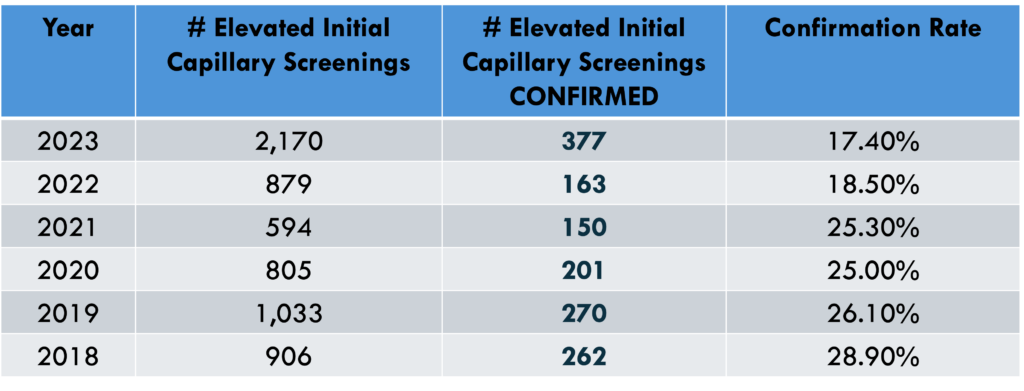
*Data for children aged 0-72 months
Screening Steps
Capillary Sample of 3.5 µg/dL or Higher
Step One:
Venous Confirmatory Test Conducted
* Confirmatory testing can be performed same day and should be considered when working with families who are non-compliant with recommended services.
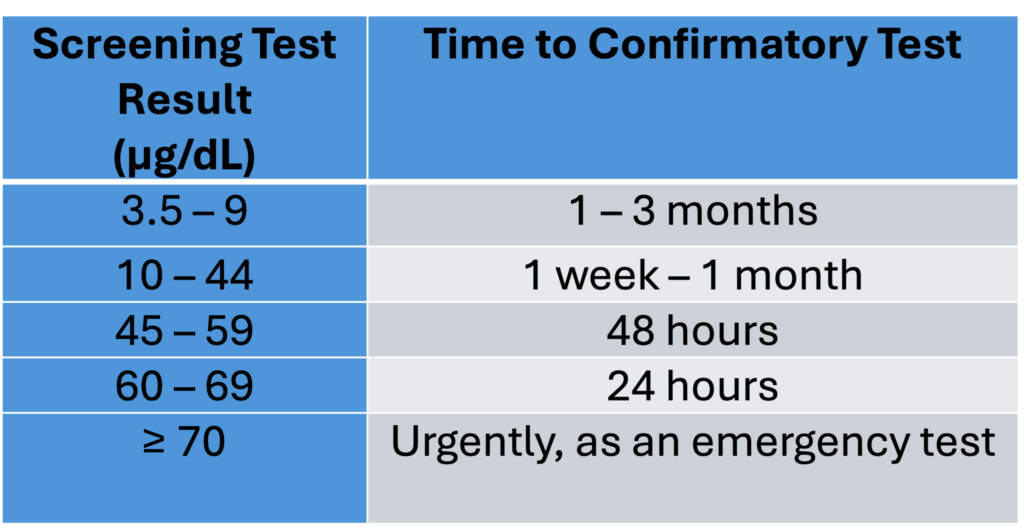
Patient with a Confirmed EBLL?
Step Two:
Parent/Guardian Consulted
•Determine the child’s lead exposure source.
•Discuss solutions for source removal, reduction, or avoidance.
•The Risk Assessment Questionnaire may help pinpoint the lead source(s). As necessary, include questions about the child’s playthings.
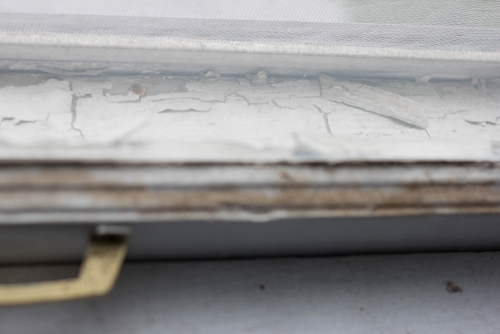

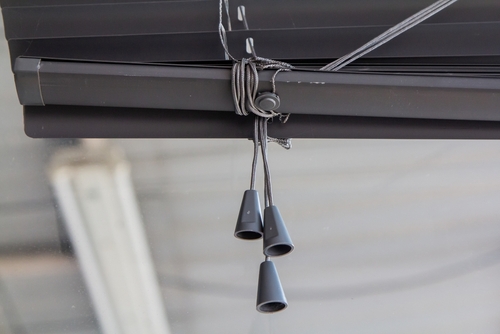
Step Three:
Follow-Up Test Conducted
*Some case managers or PCPs may choose to repeat blood tests on all new patients with EBLLs within a month to ensure the BLL is not rising more quickly than anticipated.
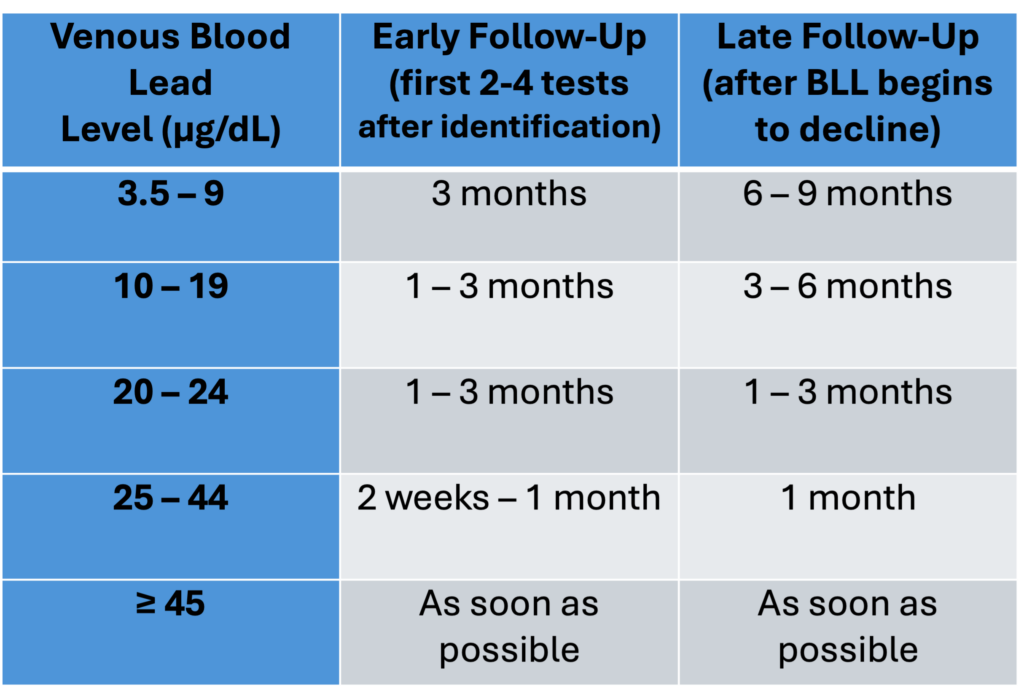
TN CLPPP Guidelines for Recommended Actions for Children Based on Blood Lead Value
Potential Action for Blood Lead Level of ≥15 µg/dL
You may request a state-funded environmental investigation to determine a child’s lead exposure source, when his/her BLL is ≥15 µg/dL or has continued follow up tests that continue to escalate.
Refer to the TN CLPPP Guidelines for recommendations: on our screening page here.
Contact the Tennessee Poison Control Center for toxicologist consultation: 1-800-222-1222

